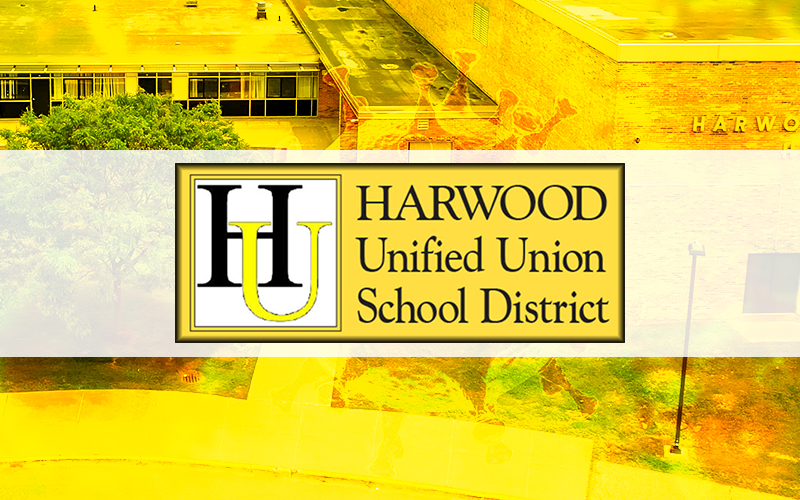Susan Holson is the director of education services at Vermont School Boards Association (VSBA). On August 26, Holson directed a meeting with the Harwood Unified Union School District (HUUSD) Board to help board members formulate their goals and identify areas of improvement for the coming year.
According to vice chair Torrey Smith, Holson was contracted for four hours of facilitation at $120 per hour. The advance preparation work that she did prior to the board meeting was also included in the service. “This kind of support for local school boards is a big part of their mission and work,” said Smith in an email regarding Holson’s contribution.
At the meeting, Holson wasted no time identifying the key pillars of the school board’s duties. “You want to make sure you are running efficiently, effectively, ethically and legally,” said Holson. She reminded the board about its obligations, including improving student outcomes, conducting a fair evaluation of the superintendent, directing policy, maintaining clear financial oversight and ensuring smooth board operations.
AREAS OF IMPROVEMENT
After giving board members a moment to reflect on successes and failures of the past year, Holson surveyed the Zoom-room for areas of improvement.
Tim Jones, Fayston, said he approved of the board’s policies and procedures, but hoped the board could do more in the future in terms of aligning curriculum in schools across the district.
Theresa Membrino, Fayston, said that, in order to improve, the board needed to narrow in on its vision. “We have an opportunity now to incorporate the vision. Defining what is rigor, what is excellence, what does it mean to be innovative and student centered? What does partnership with our community really look like?”
Holson agreed that defining these terms, as well as a way to achieve them, would be imperative to success. Those who regularly attend board meetings often see the board’s vision statement at the beginning of every board agenda. It says, “The Harwood Unified Union School District provides a rigorous, innovative and student-centered educational experience in a welcoming and inclusive environment while ensuring equity, effectiveness, and efficiency. We will partner with our community to achieve our vision for excellence.”
As each board member shared their opinions on how to hone in on this vision, the list of successes and needed improvements grew. Among the successes were good community representation on the board, the fact that board members felt heard, the good committee work that the board has done in tandem with board meetings, the fact that these committees often represent multiple points of view, the successful management of the board’s second budget proposal through the use of “one voice,” the fair superintendent evaluation in the spring, the fact that meetings have gotten shorter and more manageable and the board’s increased ability to compromise.
Comments regarding areas that still need work revolved around keeping a student focus versus a financial focus when doing consolidation planning, improving community trust, respecting the administration’s leadership role, avoiding board polarization over important issues, improving communication with the public and increasing community engagement.
Board member Rosemarie White, Warren, also pointed out that the board could be more effective by being more willing to compromise on and commit to policies. “We have trouble with the one-voice concept after a decision has been made. I think everyone on the board wants to make things better in the district; however, they have trouble making decisions to make change,” said White. “They want to make things better but they struggle to effect change. We take two steps forward and one and a half steps backwards.”






